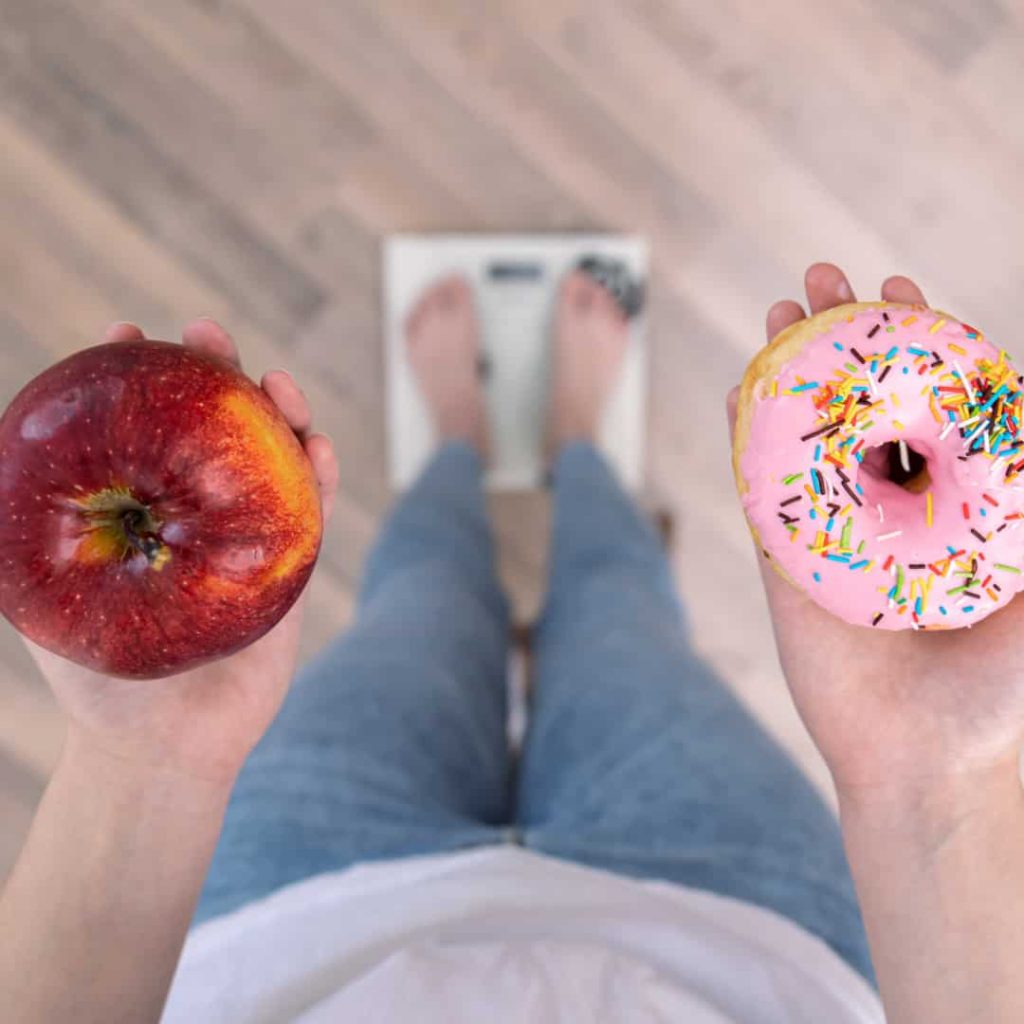Calorie counting sucks and I’ve never asked any of my clients to do it. “Calories in, calories out” just doesn’t work for everyone. There are a multitude of reasons why it’s not this simple, and here are just a few reasons, with insight into how our amazing bodies utilise calories differently on a daily basis.
Thermic Effect of Food
- Thermogenesis is a term used to describe the energy (calories) lost through the production of heat in tissues such as adipose (fat) tissue and skeletal muscle.
- Certain foods and macronutrients produce more heat after consumption than others, therefore burning through more calories at rest.
- Dietary fat such as nuts, oils and avocados produce 0-3% thermogenesis, dietary carbohydrates such as rice, vegetables, pasta, and bread produce 5-10% thermogenesis, and protein-rich foods such as lean meats, legumes, and eggs produce 20-30% thermogenesis!
- This demonstrates a calorie of protein compared to a calorie of carbohydrates is going to produce a larger thermic effect and expend more energy per mouthful.
Resting Metabolic Rate
Following my first point, each individual has a different resting metabolic rate that is influenced by factors such as age, gender, muscle-to-fat ratio, amount of physical activity and hormone function. Resting metabolic rate (RMR) is the energy that you burn at rest/whilst sedentary.
- For example, individuals who engage in regular weight training have increased lean muscle mass and decreased free fat mass, therefore burning an additional 12-13% at rest due to these variables.
- This means that if you consumed 2,800 calories in a day, 2,296 of those would be burnt at rest, compared to your sedentary counterpart burning 1,960 at rest!
Fibre Content
- Fibre is the indigestible part of plant foods, such as vegetables, fruits, grains, nuts, seeds and legumes.
- Our bodies can only absorb nutrients when they come into physical contact with our intestinal walls, and because fibre is not absorbed, it acts as a carrier to dilute and eliminate calories in our faeces.
- Fibre dilutes calories by expanding the volume of food, fills our stomach through absorbing fluid, and delays stomach emptying through creating a gel that keeps you fuller for longer.
- Studies on the consumption of whole-grain bread versus white bread on stool analysis show that individuals flush nearly more than twice as many calories when consuming the fibre-rich whole-grain bread!
- This shows that it’s not the calories you eat, but the calories you absorb!!
Glycaemic Index & Glycaemic Load
- The glycaemic index (GI) represents the rise in blood sugar levels two hours after consuming a particular food, and glycaemic load (GL) is an extension of this which additionally considers the carbohydrate quantity/content of a particular food.
- A rise in blood sugar after consuming a high GL food product such as sugar-sweetened breakfast cereals or white bread triggers the release of insulin which influences how calories/energy are utilised and can potentially store excess energy as adipose (fat) tissue.
- This means a calorie from a higher GL food, in comparison to a calorie from a lower GL food such as non-starchy vegetables and/or whole grains, can increase fat storage in your body.
I hope this has given you some insight as to why calorie counting is an over simplified method for weight control and why it doesn’t always work.
Want to know how I help my clients to control their weight? Head on over to my Metabolic Balance page for all of the details.








